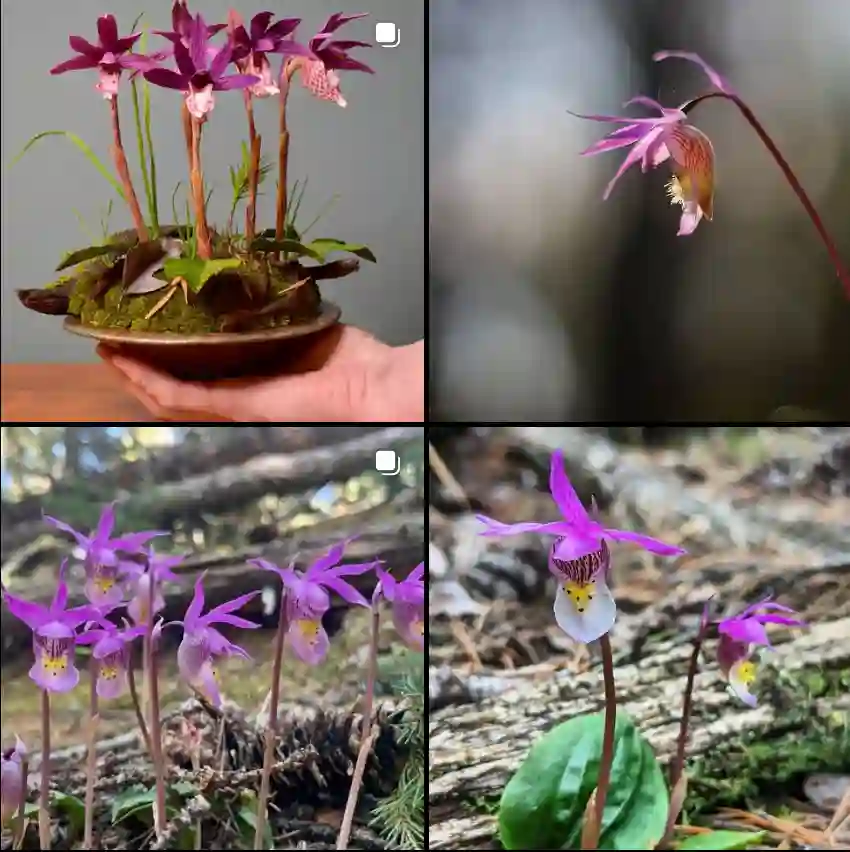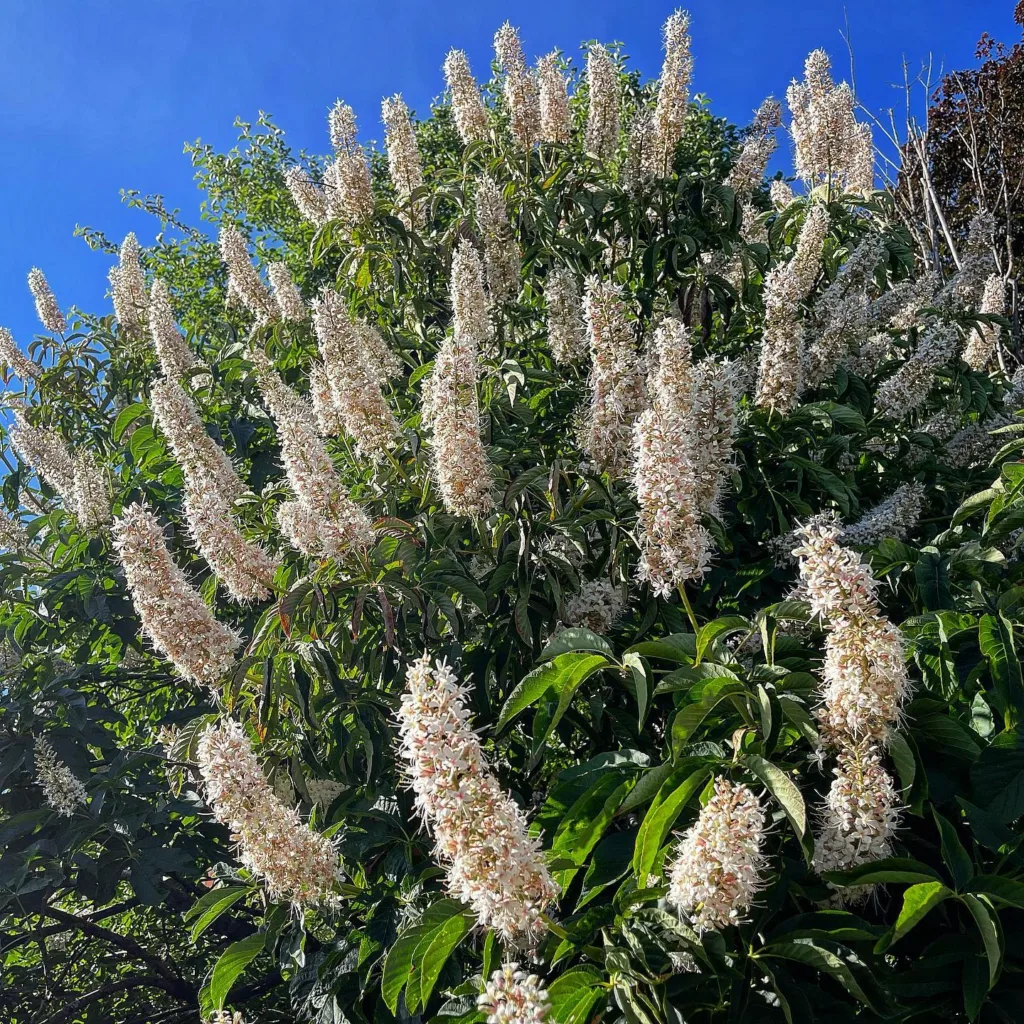
FAQs About Chelone Obliqua: My Personal Insights
Chelone Obliqua, often known as the Oblique Turtlehead, is a fascinating plant that I’ve grown quite fond of. It’s known for its unique, turtle-shaped flowers and its versatility in the garden. Here’s a comprehensive guide based on my experiences and research about this plant.
4 Species in Genus Chelone
What is Chelone Obliqua?
Chelone Obliqua, or the Oblique Turtlehead, is a perennial plant native to the eastern United States. It belongs to the mint family and is recognized for its striking flowers that resemble turtle heads. These flowers, which bloom in late summer to early fall, come in shades of pink, purple, and white. The plant typically grows 2 to 3 feet tall and has dark green, lance-shaped leaves that add to its aesthetic appeal.
How to Care for Chelone Obliqua?
Caring for Chelone Obliqua is relatively straightforward, which is great news for both novice and experienced gardeners. Here’s what I’ve learned from growing it:
- Sunlight: Chelone Obliqua thrives in partial to full shade. In my garden, it performs best with morning sun and afternoon shade. Too much sun can scorch the leaves and reduce flowering.
- Soil: This plant prefers moist, well-drained soil. I’ve found it does well in rich, loamy soil, but it’s quite adaptable. Ensure the soil is consistently moist, especially during hot weather.
- Watering: Regular watering is crucial. The soil should be kept consistently moist but not waterlogged. I use a layer of mulch to help retain soil moisture and keep the roots cool.
- Fertilizing: Chelone Obliqua benefits from a balanced, all-purpose fertilizer applied in the spring. I usually fertilize once or twice during the growing season to promote healthy growth and abundant flowering.
- Pruning: Deadheading spent flowers encourages more blooms and prevents the plant from going to seed too quickly. I also trim back any dead or damaged foliage to keep the plant looking tidy.
How to Propagate Chelone Obliqua?
Propagating Chelone Obliqua can be done through division or seeds. Here’s what I’ve discovered:
- Division: This is the easiest method and should be done in the spring or fall. Carefully dig up the plant, divide the root clumps, and replant them in separate locations. This method also helps to rejuvenate older plants.
- Seeds: You can start seeds indoors about 6-8 weeks before the last frost. Sow the seeds in seed-starting mix, keep them moist, and provide light. Transplant seedlings outdoors after the danger of frost has passed and when they are sturdy enough to handle.
What to Plant With Chelone Obliqua?
Chelone Obliqua pairs beautifully with a variety of other garden plants. Here are a few companions that work well:
- Hostas: Their lush foliage complements the turtlehead’s blooms and provides a nice contrast in shade gardens.
- Astilbes: These offer feathery plumes that add texture and color to the garden.
- Ferns: Their delicate fronds blend well with the dense foliage of Chelone Obliqua.
- Hellebores: These evergreen perennials provide winter interest and work well in shady areas with Chelone Obliqua.
Is Chelone Obliqua Toxic?
I’ve looked into this, and Chelone Obliqua is not known to be toxic to humans or pets. However, as with many plants, it’s always a good idea to avoid ingestion of any part of the plant. Keeping an eye on pets and young children is a good precaution.
Benefits of Chelone Obliqua
- Wildlife-Friendly: The flowers attract pollinators like bees and butterflies, which is a great benefit for any garden.
- Shade Tolerance: Chelone Obliqua is perfect for shaded areas where many other plants struggle.
- Low Maintenance: Once established, it requires minimal care, making it a good choice for busy gardeners.
Common Problems with Chelone Obliqua
- Powdery Mildew: In humid conditions, this fungal disease can affect Chelone Obliqua. I’ve managed it by ensuring good air circulation and avoiding overhead watering.
- Slug Damage: Slugs can be a problem, especially in moist environments. I’ve found that using slug bait or copper tape can help keep these pests at bay.
- Poor Flowering: If the plant doesn’t bloom well, it might be due to insufficient light or overly dry soil. Ensuring proper conditions usually helps resolve this issue.
Compare with Other Similar Plants
Chelone Obliqua is often compared to Chelone Lyonii, another turtlehead species. Chelone Lyonii tends to be slightly shorter and has more compact flower clusters. Another comparison is with Astilbe, which, while similar in growing conditions, has a different flower structure and overall appearance.
Overall, Chelone Obliqua is a charming and versatile plant that adds a unique touch to any garden. Its ease of care, attractive flowers, and compatibility with various garden mates make it a worthwhile addition. If you’re looking for a reliable and beautiful perennial for shade, I highly recommend giving Chelone Obliqua a try.
If i die, water my plants!



